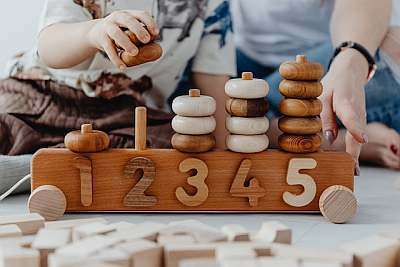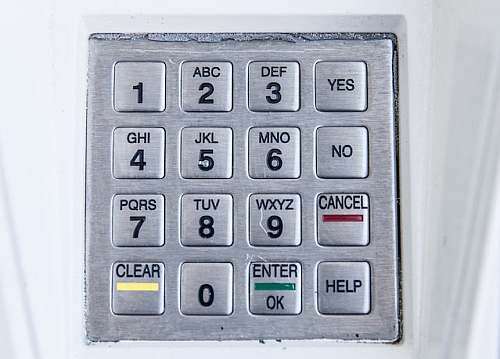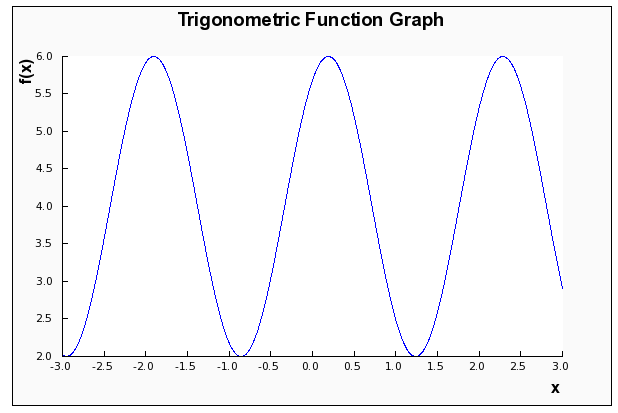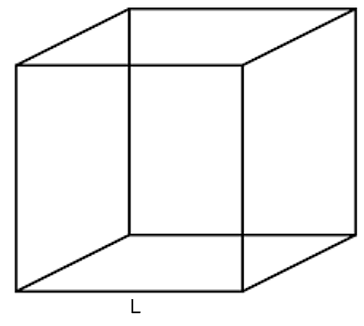Floor Calculator
Instructions: Use this floor calculator to compute the floor of any number or numeric expression you provide, showing all the steps. Please type in a numeric expression for which you want to compute the floor, in the box below.
Floor of a number
This floor calculator will help you compute the floor of any number or numeric expression that you provide, with all the steps shown. First, you need to provide a valid numeric expression, which could be simply a decimal number like 3.86, or if you want to, you can provide a fraction such as for example 11/4, or you can provide any valid numeric expression, for example 1/5 + 1/6.
After you have written the number in the corresponding box, please click on "Calculate", and you will be provided with all the steps of the floor calculation.
Calculating the floor of a number is super simple. It usually involves addressing whether the given number is an integer or not as the first step.

What is the floor of a number?
The floor of a number is the largest integer that is less than or equal to the given number. Said in layman terms, the ceil of a number is the "previous" integer that is 'below' the number. When we say 'below' we mean 'below or equal'
Based on this definition of floor, the floor of an integer number is the number itself. For example, the floor of 4 is 4. Now, when the number is not an integer, we need to look for next integer that is below the given number. For example, the ceil of 5.3 is 5.
What are the steps for finding the floor?
- Step 1: Identify the number for which you want to compute the floor, and call it x
- Step 2: If x is an integer number, then the floor of x is also x
- Step 3: If x is not an integer, the floor is the 'previous' integer: We just drop all of x decimals, and you have arrived to the floor of x
As a matter of an example, consider the given number x = 4.4. Is x = 4.4 integer? No, it is not, so then we drop the decimals of x = 4.4, so we get 4. Hence, the floor of x = 4.4 is 4.
Notice that the floor is not the same as rounding a number. For example, if you choose a number like 4.9, the floor of 4.9 is 4, but yet rounding 4.9 leads to 5, and not 4.
How to use this floor calculator?
It is pretty simple: you just need to provide the number or expression you want to compute the floor of. Our floor calculator will follow the steps described above to compute the ceil.
Indeed, it will assess first whether the number provided is integer, and if it is not, then it proceeds as described by step 3.
What are applications for floor?
There so many practical applications. One typical example happens when you are looking to solve a problem that requires integer variables, that are not greater than a certain value that is not integer, in which case, the the floor of a number as a concept appears naturally.
This is very common in problems of maximization and minimization, where you use a software like Excel, which conveniently has a '=FLOOR()' function already included.

Example: Floor example
Calculate floor of the following numeric expression: \(\frac{4}{3} + \frac{5}{4} - \frac{1}{6}\)
Solution: We need to calculate the floor of the following expression: \(\displaystyle \frac{4}{3}+\frac{5}{4}-\frac{1}{6}\).
The expression can be further reduced, the following are the simplification steps:
Notice that \(\displaystyle \frac{29}{12} \approx 2.4167\), so then its integer part is \(2\), so then we get directly that its floor is the integer part, so then we get that the floor of \(\displaystyle \frac{29}{12}\) is \(2\).
Conclusion: The floor of the provided expression \(\displaystyle \frac{4}{3}+\frac{5}{4}-\frac{1}{6}\) is equal to \(2\).
Example: More floor examples
Calculate the floor of the following: \(2.9999\)
Solution: Now, we are given the expression: \(\displaystyle 2.9999\).
Observe that the number has decimals, and its integer part is \(2\), so then we get directly that its floor is the integer part, so then we get that the floor of \(\displaystyle 2.9999\) is \(2\).
Conclusion: The floor of the provided expression \(\displaystyle 2.9999\) is equal to \(2\).
Other Algebra calculators
Working with algebraic expression is a very important skill in Algebra. Being able to correctly simplify expressions using PEMDAS rules is one of the main skills you should acquire when you learn basic Algebra.
Working with numbers and fraction is another crucial skill, for which you may want to use this mixed fraction calculator.





